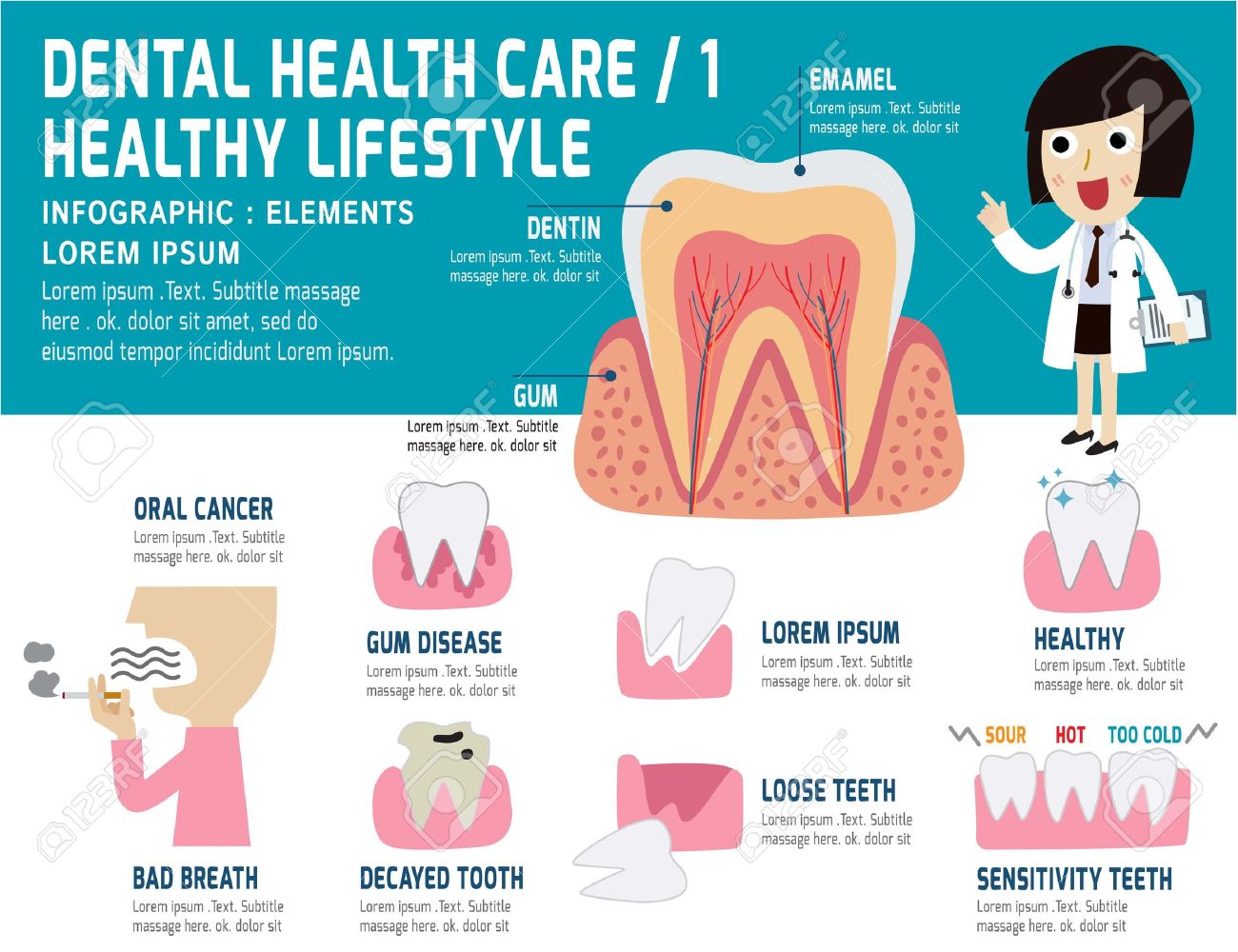Stay Prepared For Sudden Dental Emergencies By Having The Ability To Identify The Indications Of Trauma And Recognizing When It Is Necessary To Seek Urgent Medical Support
Stay Prepared For Sudden Dental Emergencies By Having The Ability To Identify The Indications Of Trauma And Recognizing When It Is Necessary To Seek Urgent Medical Support
Blog Article
Article Written By-Kang Schaefer
If you really feel a sudden shock of discomfort or discover a tooth injury, it can be unsettling. But exactly how do you establish if it's an oral emergency that needs prompt focus? Comprehending the vital indicators and recognizing when to seek help can make all the difference in protecting your oral health and wellness. Recognizing when to act quickly could imply the difference in between a quick fix and a lot more comprehensive therapy.
Common Types of Dental Trauma
What're the typical sorts of oral trauma that you should recognize?
Crashes can take place, causing different sorts of dental injuries. One common kind of oral injury is a broken tooth. This can occur from attacking down on something hard or experiencing a blow to the face.
Another type is a broken tooth, where a part of the tooth can chip off. Additionally, you might experience a knocked-out tooth, which can happen throughout sporting activities or falls. pediatric dentist near me that accepts medicaid to manage the tooth carefully and seek immediate dental focus.
Oral trauma can also include a tooth that has been pushed out of setting or loosened due to an injury. This kind of injury requires punctual treatment to conserve the tooth.
Finally, https://all-on-6-dental-implants95173.bloggip.com/30740054/discover-the-facts-about-dental-implants-leave-behind-extensive-misunderstandings-and-welcome-a-fearless-smile in the mouth, such as cuts, can additionally take place from mishaps. Learning about these typical types of oral trauma can help you act quickly and properly in case of an emergency.
Indications of Oral Emergencies
Recognizing the signs of oral emergency situations is vital for prompt activity and appropriate treatment. If you experience serious tooth discomfort that's constant and throbbing, it could indicate an underlying issue that requires prompt focus.
Swelling in the gums, face, or jaw can also be a sign of an oral emergency, especially if it's accompanied by discomfort or high temperature. Any type of trauma to the mouth resulting in a split, damaged, or knocked-out tooth needs to be dealt with as an emergency situation to avoid more damage and potential infection.
Bleeding from the mouth that does not quit after using stress for a couple of minutes is an additional warning that you should seek emergency situation dental treatment. Additionally, if you notice any indications of infection such as pus, a foul taste in your mouth, or a fever, it's vital to see a dental expert asap.
Ignoring these indications can bring about much more serious problems, so it's vital to act quickly when confronted with a prospective oral emergency situation.
Relevance of Immediate Therapy
Trigger activity and prompt therapy are critical in attending to oral emergency situations to stop more problems and ensure optimum outcomes for your oral health and wellness.
When faced with a dental emergency situation, such as a knocked-out tooth or serious tooth pain, looking for immediate treatment can make a substantial difference in conserving your tooth and easing discomfort. Postponing therapy can lead to infection, enhanced pain, and also long-term damages to your teeth and gum tissues.
By looking for emergency situation oral treatment immediately, you boost the chances of effective treatment and repair. weblink have the essential skills and devices to deal with emergency situations successfully, reducing the risk of lasting consequences.
Furthermore, prompt treatment can assist handle pain and discomfort, allowing you to resume your daily activities without interruption.
Conclusion
In conclusion, recognizing dental trauma and understanding when to look for emergency treatment is essential for preserving oral wellness.
By recognizing usual types of dental injuries and the indications of oral emergencies, you can make sure punctual care to protect against further damages and complications.
Keep in mind, seeking instant treatment can save teeth, lower discomfort, and increase the opportunities of successful healing.
Don't wait to seek aid from a dental professional if you experience any indications of dental trauma.
